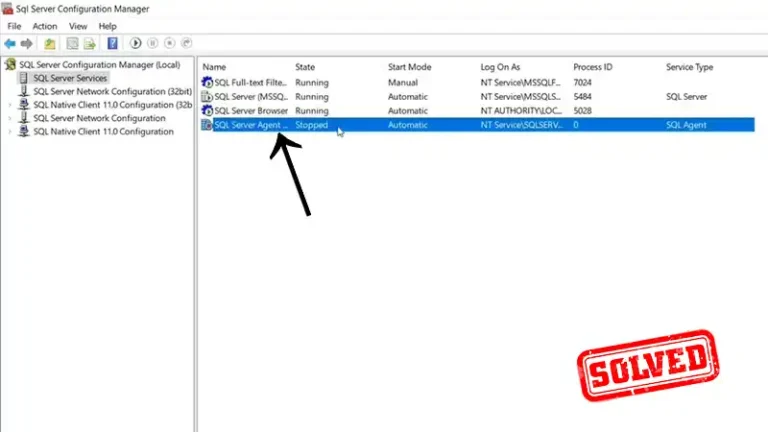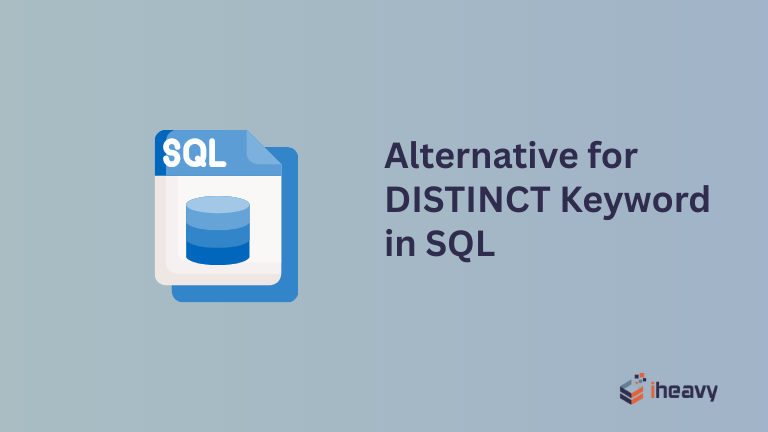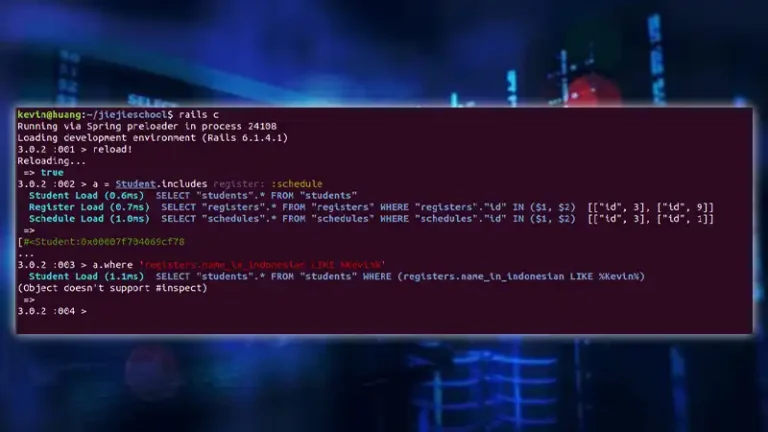What is Database Mirroring in SQL Server? Everything You Need to Know
Two SQL Server instances may be running on the same server or on different ones in SQL Server database mirroring, a disaster recovery and high availability solution. One SQL Server instance serves as the principal, which is the primary instance, and the other is the mirror, which is the mirrored instance.
A third SQL Server instance that serves as a witness may occasionally exist. This article explores the idea of database mirroring, as well as its advantages, practical use, and practical issues.

What is Database Mirroring?
Ensuring data availability and dependability is crucial in the realm of information technology. A catastrophe or breakdown might result in huge losses for companies and organizations that depend significantly on databases. Database mirroring, a potent high-availability option provided by SQL Server, helps to reduce these risks.
For essential databases, Microsoft SQL Server’s database mirroring high availability functionality offers redundancy and fault tolerance. It operates by keeping a mirror (exact replica) of the primary database on another server, referred to as the mirror server.
This procedure makes sure that the mirrored database can easily take over in the event that the original database is rendered inaccessible due to hardware failure, maintenance, or any other problem, reducing downtime and data loss.
Database Monitoring Modes
Three database mirroring options are provided by SQL Server, each of which meets certain needs:
High-Safety Mode with Automatic Failover
This method involves concurrently committing transactions to the main database and its mirror, ensuring secure logging on both systems. Automatic failover ensures the mirror database takes over as the new primary in case of server failure, making it the most reliable and recommended mode for mission-critical databases.
High-Safety Mode without Automatic Failover
In this mode, the mirror server synchronizes the mirror database with the primary database as soon as a session begins. A transaction is committed on both partners as soon as the databases are in sync, albeit at the expense of higher transaction latency. However, automatic failover is deactivated, and in the event of a failure, personal action is needed to make the mirror database the new primary.
High-Performance Mode
Data is written, committed on the primary server, and then transferred to the mirror server asynchronously. Witness server is not available, and automatic failover is not feasible. SQL Server Enterprise edition has High-Performance Mode access. Three alternatives are provided if the main database is unavailable:
- Wait for the principle to become available once more while doing nothing. There is no access to the SQL Server. Mirroring will resume where it left off.
- Make the mirror database the primary by forcing the SQL Server instance to connect to it. Because databases communicate asynchronously, there is a higher risk of data loss.
- Manual update: If the failed server permits, take a backup of the tail of the log, turn off mirroring, and then restore the tail of the log on the previously mirrored database to minimize data loss.
Implementation Example


The environment with two SQL Servers (SQLServer-1 and SQLServer-2), two instances (SQLInstance-1 and SQLInstance-2), and one mirrored database named SQLDB-1 is one of the frequently used mirroring configurations.
The environment with one SQL Server machine, two SQL Server instances, and one mirrored database called SQLDB-1 makes up the second typical setup. Due to the fact that both instances would become inaccessible if SQLServer-1 goes down, this approach has a serious issue.
Advantages and disadvantages of using SQL Server database mirroring
Advantages
- High Availability: By offering a failover method and assuring constant access to crucial data, database mirroring considerably lowers downtime.
- Data Redundancy: Having a mirrored database enables data redundancy, preventing data loss from disasters or failed hardware.
- Automatic Failover: By automatically switching to the mirrored database in high-safety mode without user input, the system may further reduce downtime.
- Performance Options: Administrators can select the amount of performance and data protection that best satisfies the requirements of their application by using several mirroring modes.
Disadvantages
- If it is operating in asynchronous mode, data loss is possible.
- Only in full recovery mode is it feasible to complete the assignment.
- The mirror server/database does not support user operation.
- The possibility of a late delay exists during data transfer.
- Only quality gear will be able to prevent delays.
Setting up the database mirroring environment
Database mirroring is available in SQL Server 2005 and later, but it’s not recommended to mix different versions. The mirroring target database must be in the complete recovery model, and system databases are not allowed. Full database backups and transaction log backups must be produced and restored on the mirror instance using the WITH NORECOVERY option.
To start database mirroring configuration, use the SQL Server Management Studio wizard or T-SQL code, select a witness SQL Server instance for high safety with automatic failover mode, and establish endpoints for connection between primary and mirror SQL Server instances.

Choose between the high safety and high-performance operation modes after creating the endpoints and verifying the connection. Choosing high safety mode will result in high safety with automated failover if the witness server is chosen.

Frequently Asked Questions
What is Difference between Cluster and Mirroring?
Cluster is set up on the instance/server level, whereas Mirror is done at the database level. Cluster is a preferable solution if multiple database mirroring is required. In addition, the Cluster has a virtual IP address and a name for a SQL Server instance, but the Mirror Principle and Mirror are distinct.
To Conclude
For vital databases, SQL Server’s database mirroring offers high availability, assuring redundancy, fault tolerance, and little downtime. With options for automatic failover and mirroring, administrators may tailor the solution to the requirements of individual applications. It is still a good option for maintaining database availability in the SQL Server environment, despite being deprecated.





